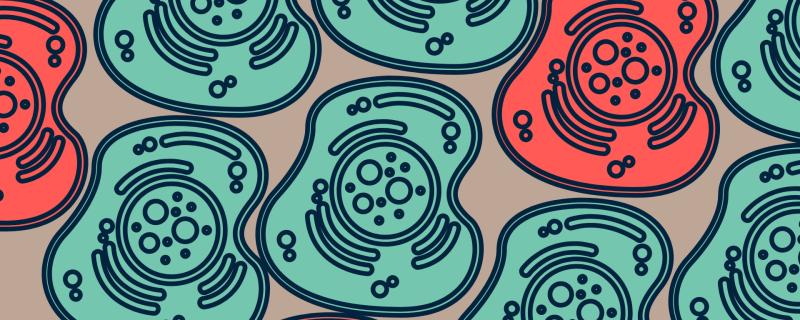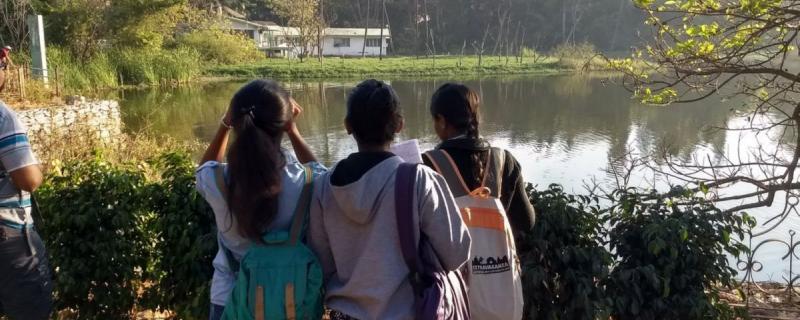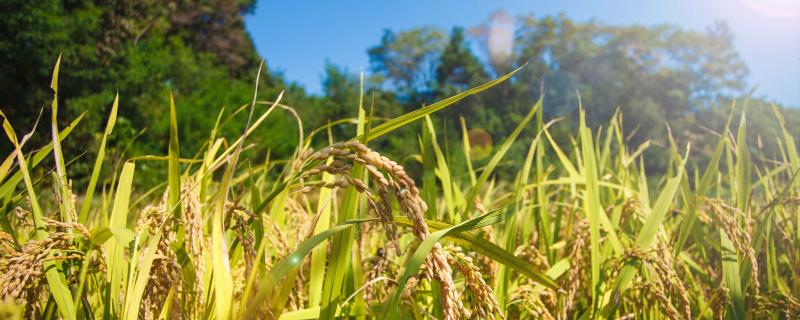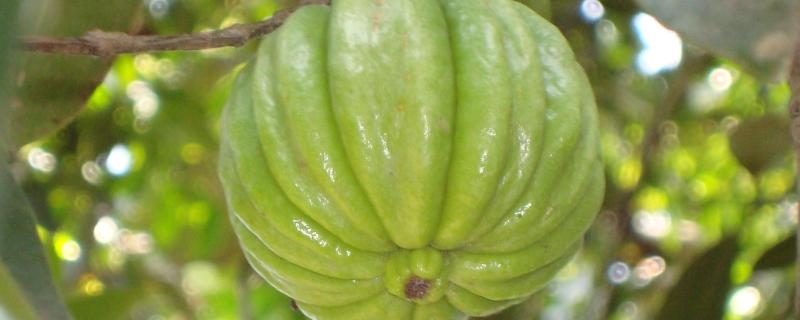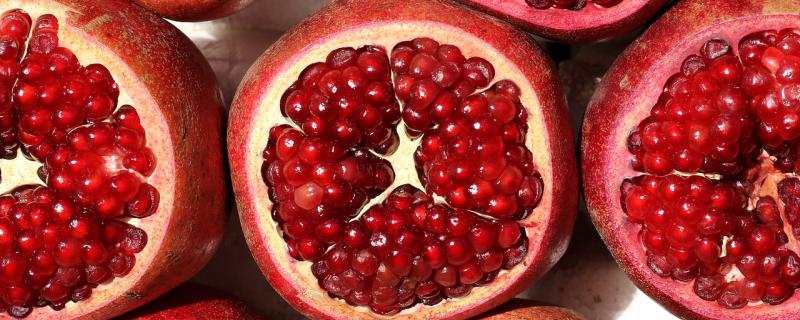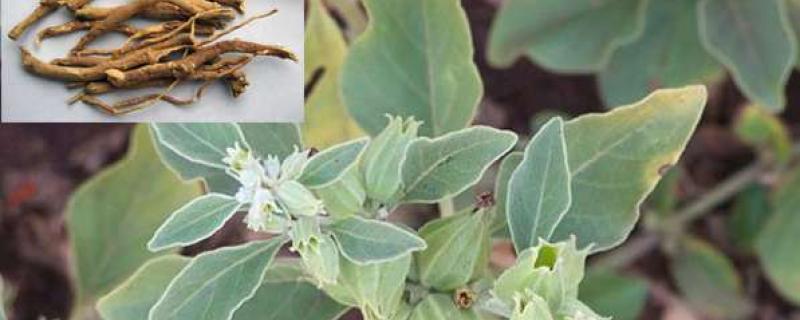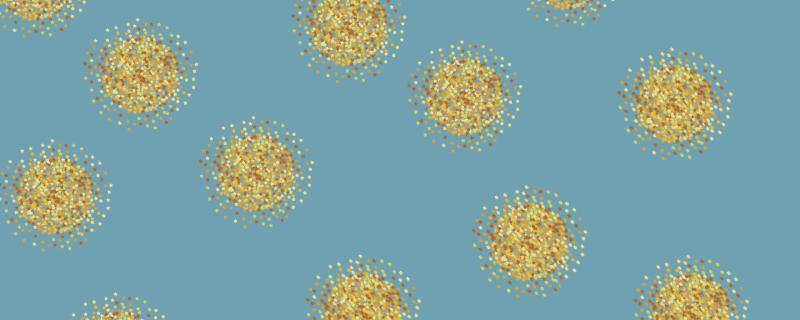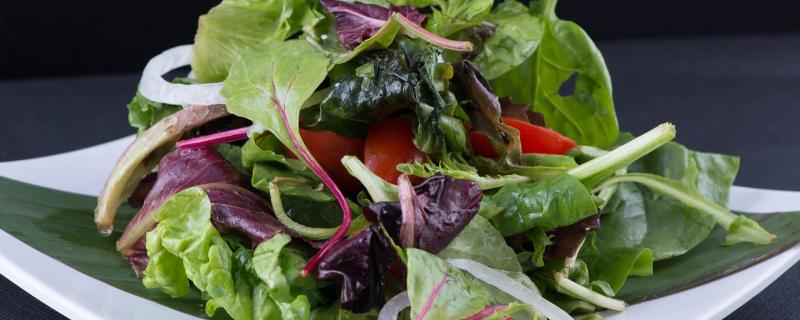Researchers have used modified sugars to hamper the development of cell wall in disease-causing bacteria
A new review reveals that rising global temperatures, increased pollution, and extreme weather events are driving a global surge in eye diseases, disproportionately affecting vulnerable communities and challenging healthcare systems.
Roorkee/



